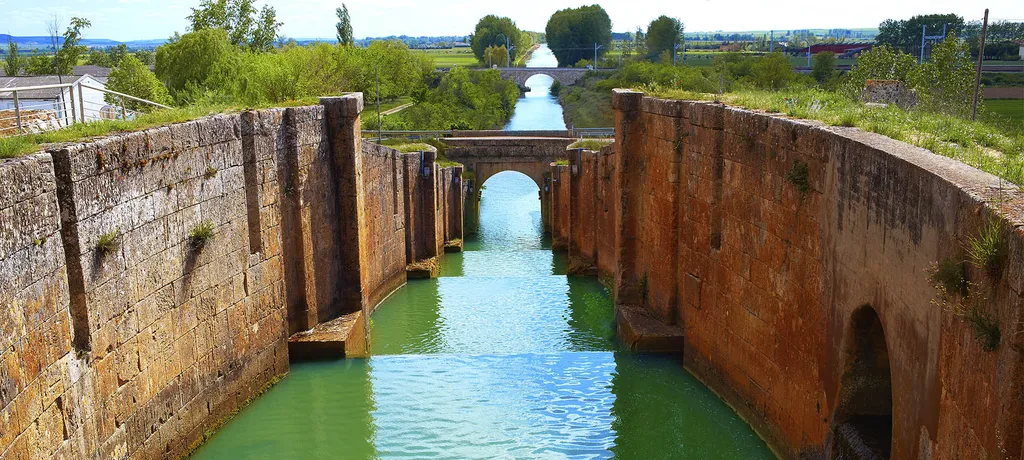In the heart of Spain, an ancient waterway is undergoing a modern transformation, blending history with innovation to pave the way for sustainable development. The Canal de Castilla, a historic hydraulic marvel, is no longer just a relic of the past; it’s a dynamic resource with significant implications for water management, agriculture, and renewable energy. A recent study published in *Advances in Building Education* (or *Advances in Construction Education*) explores the challenges and opportunities of integrating this heritage site into a sustainable future, with insights that could resonate across the energy sector.
Ángel Mariano Rodríguez-Pérez, a researcher from the Department of Mining, Mechanical, Energy and Construction Engineering at the University of Huelva, led the study. His work highlights the canal’s evolving role, shifting from a transportation infrastructure to a multifunctional asset. “The Canal de Castilla is more than just a historic site; it’s a living laboratory for sustainable practices,” Rodríguez-Pérez explains. “Its potential extends beyond cultural preservation to include water management, renewable energy integration, and educational innovation.”
The study surveyed 120 residents in the municipality of Alar del Rey, revealing a strong community consensus on the canal’s cultural significance and the need for participatory governance. Residents overwhelmingly supported heritage preservation and sustainable tourism, with a clear preference for preventive maintenance and renewable energy integration. This community-driven approach could serve as a model for other historic sites, demonstrating how local engagement can drive sustainable development.
One of the most compelling aspects of the research is its focus on renewable energy. The canal’s infrastructure offers unique opportunities for integrating renewable energy solutions, such as hydroelectric power and solar energy systems. “By leveraging the canal’s existing infrastructure, we can create a sustainable energy network that benefits both the local community and the broader region,” Rodríguez-Pérez notes. This approach not only aligns with global sustainability goals but also presents commercial opportunities for the energy sector, particularly in the development of decentralized, community-based energy systems.
The study also emphasizes the educational potential of the canal, positioning it as a living laboratory for teaching in engineering, architecture, and environmental studies. This innovative approach to education could inspire similar initiatives worldwide, fostering a new generation of professionals equipped to tackle the challenges of sustainable development.
As the Canal de Castilla embarks on its 21st-century journey, the insights from this research offer a blueprint for balancing heritage conservation with modern innovation. For the energy sector, the canal’s potential for renewable energy integration presents a compelling case for investment and collaboration. By embracing these opportunities, we can transform historic sites into sustainable assets, driving economic growth and environmental stewardship.
In the words of Rodríguez-Pérez, “The Canal de Castilla is a testament to human ingenuity and resilience. By preserving its legacy and harnessing its potential, we can create a sustainable future for generations to come.” As the world grapples with the challenges of climate change and resource depletion, the lessons from this historic waterway offer a beacon of hope and inspiration.

